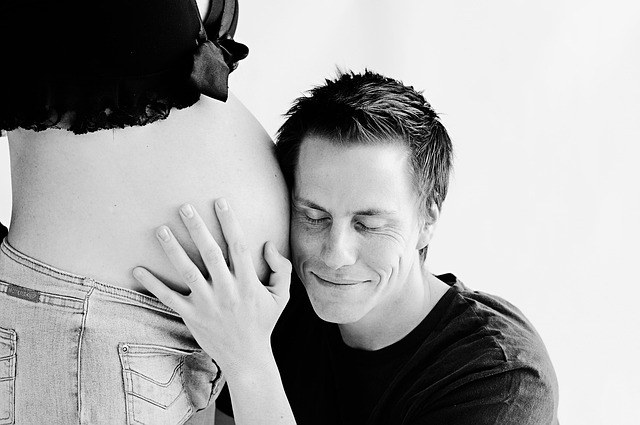In vitro fertilization (IVF) has opened doors for countless individuals wanting to become parents. As this fertility treatment gains popularity, many are left pondering, “What should I do with my extra frozen embryos? Is donating them an option?” Recently, Dr. Mia Thompson, a reproductive specialist, discussed the complexities of embryo donation, including its advantages, possible drawbacks, and the societal changes driving more couples to consider this route for parenthood.
Who’s Seeking Embryo Donations?
The idea of embryo donation is growing due to a mix of social trends and advancements in medical technology. According to health statistics, about 12% of women aged 15 to 44 experience infertility. Moreover, with more women waiting until they are older to have children, there’s a noticeable uptick in couples seeking fertility treatments and third-party donations, including eggs, sperm, or embryos. After undergoing IVF, many couples end up with surplus high-quality embryos that often get frozen—either for future attempts to conceive or simply because they aren’t ready to use them yet. Statistics show that roughly a third of IVF cycles produce extra embryos, and while half may be used later, many remain in storage.
On the flip side, there are individuals struggling to conceive who are often advised to consider using a sperm or egg donor. Sometimes, the costs associated with these treatments can limit access to care. Here, embryo donations can provide a valuable alternative.
What Are the Options for Extra Embryos?
Dr. Thompson points out that many couples are unsure about what to do with their frozen embryos. “A lot of people are grappling with this decision, and they could benefit from exploring donation options,” she says.
For those with unused embryos, they have a few paths to consider:
- Donate them for research purposes
- Donate them to another couple (embryo donation)
- Thaw and discard them
To help patients navigate these choices, various fertility centers have partnered with organizations focused on embryo donation.
Embryo Donation Programs
Earlier this year, a new Embryo Donation Program was launched to connect patients who want to donate their unused embryos with those looking to receive them. To be eligible for donation, embryos typically need to have been frozen after a certain date, and donors must follow specific age guidelines. Generally, female donors must be under 38, while male donors should be under 49, and they must have at least two frozen embryos from the same facility.
Challenges in Embryo Donation
In the past, patients interested in donating their leftover embryos faced limitations and had to rely on external programs. With the introduction of in-house donation services, the process has become more streamlined. Organizations and fertility experts, like Dr. Thompson, are working to simplify how donors and recipients can connect, often through anonymous donations. It’s recommended that both parties seek legal advice to fully understand the donation process and any implications involved.
Looking Ahead: The Future of Embryo Donation
According to recent reports, the number of births resulting from embryo donations is expected to rise as more people delay natural conception and programs improve their matching processes. As families continue to grow through assisted reproduction, the commitment to supporting both donors and recipients remains strong.
For more information on embryo donation and fertility options, check out this engaging post on fetal hiccups during pregnancy. And if you’re considering at-home insemination, visit this site to explore their fertility kit options.
Summary
The increasing availability of frozen embryos could potentially lead to a rise in embryo donations, providing hope for couples struggling with infertility. With evolving programs and resources, individuals can find new pathways to parenthood.

